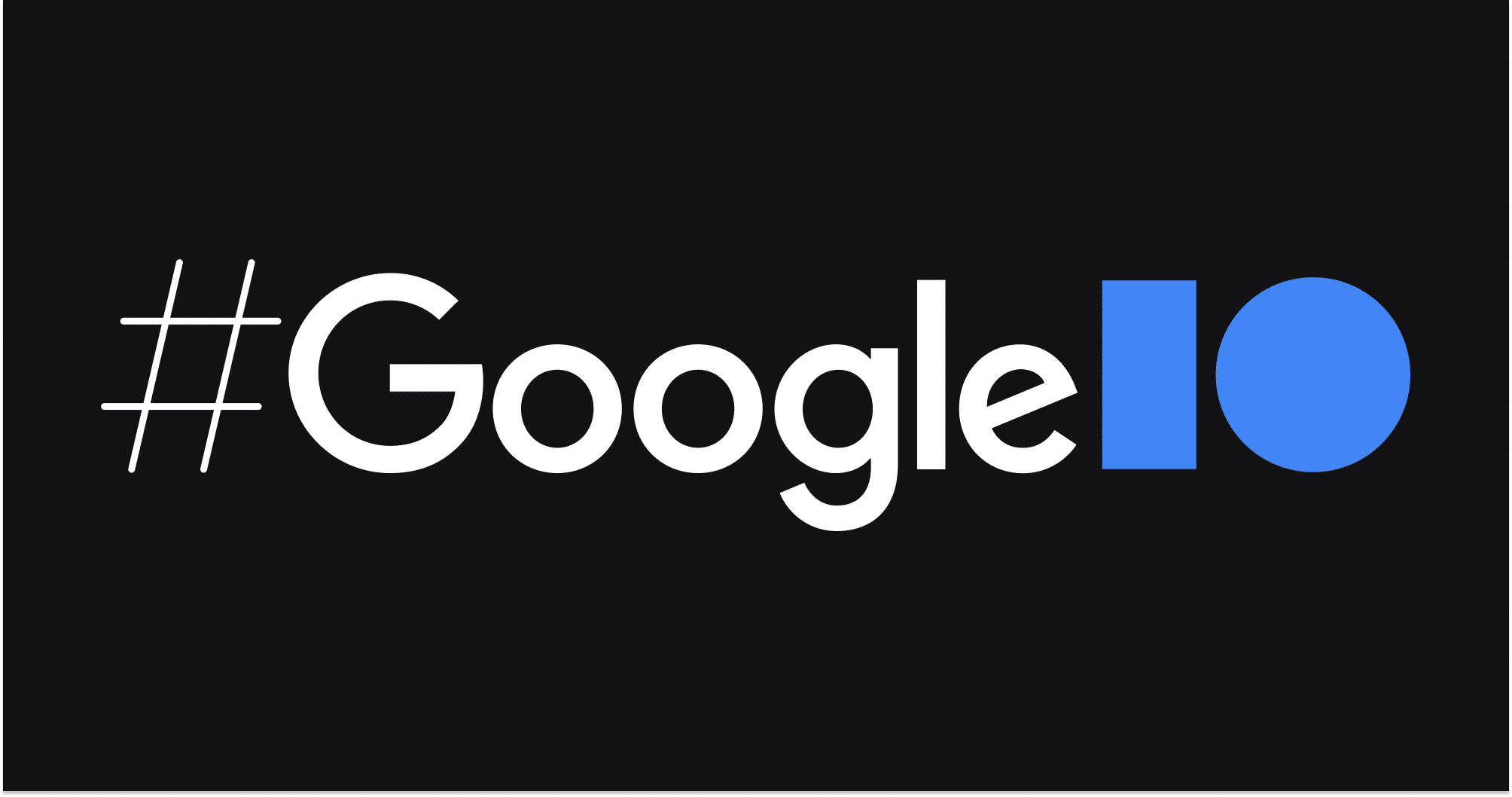Announcements at Google I/O last week include those by the Google Chrome Team about the availability of technologies in a session titled: “What’s new for The Web Platform.” It’s no coincidence that the two primary speakers of the session, Ben Galbraith & Dion Almaer, co-wrote a book about AJAX and Web 2.0 back in the early days.
The Web Platform consists of open web technologies that allow the web to function as a virtual stand-in for an operating system and browsers delivering application-like experiences, something users have come to expect from the likes of Google. Other important sessions have gotten coverage, including the “What’s new in Web Vitals” session. We’ll review important points from any session that relate to SEO development work.
Chromium
Google’s Chromium powers more than Chrome alone as a leading Web browser. It also powers Microsoft’s Edge and others. Chrome’s browser market share lead over its rivals is now like that of Google Search’s lead over its other rivals. Microsoft is shuttering Internet Explorer. Chrome has become the principal browser to write code for while taking care to provide a fallback for unsupported features or sticking entirely to technologies also supported by Safari and Firefox.
The only competing browser not flagging in single-digit user market share is Safari buoyed, no doubt, by WebKit which powers the in-app WebView of iOS. It’s important to realize Google’s latest development feats announced at Google I/O coincide with unprecedented increases in browsing activity.
Coronavirus multi-market study (GlobalWebIndex) indicates a rapid growth at a milestone moment, July 2020.
- 70% more time spent on mobile phones
- 47% more time spent on laptop computers
- 33% more time spent on PC or desktops
New security features
Security. The Chrome Team’s first announcement has to do with a new security sandbox feature that isolates instances of inline frames. That is, cross-site <iframe> content embedded within a page like a YouTube widget now runs in a standalone process, separated and detached even from the process handling the embedding page itself. Isolation security architecture from V8 through Chrome is designed to prevent information leaking from the likes of heart bleed and evil JavaScript.
Cookies. Google also provided notice that the previously announced change to its default cookie handling behavior for third-party website access is now going live in Firefox, was live previously in Chrome and Edge. If you haven’t heard about SameSite cookie requirements for operational third-party cookie access then now is the time to figure it out, unless you don’t access third-party cookies or provide third-party websites access to your own site’s cookies. SameSite directives govern browser handling behavior.
APIs. Given that third-party cookies have been so prevalent, the Chrome Team announced a new “family of APIs” such as federated login, personalized ads, and conversion tracking that can provide alternate pathways for use cases that might have previously required a third-party cookie implementation. The “Attribution Reporting” API proposal, for example, would shift the burden of conversion tracking from cookies tracking users across websites to the browser itself.
Tracking prevention. To prevent trackers from tying together personally identifying data with conversion event times, transmissions from the Attribution Reporting API introduce time-delays and noise to undermine anyone from successfully tracing particular users and conversions that way. The API, along with a handful of other APIs, are available in origin trials to test with your own website in preparation for when if they launch.
New progressive web app features
Context menu and badges. Progressive web apps, once installed with an icon on home screens and desktops, now allow you to write “shortcuts” that expose “quick actions” as context menu items (right-click or two-finger tap) with supporting operating systems that include Android, Chrome OS, Windows, and macOS. A new Badging API also allows you to decorate your app’s icon with a notification number.
Declarative Link Capturing. A proposed “Decorative Link Capturing” API will soon be available in origin trial form. The proposed API allows links outside of the PWA context to open the PWA like what you might have experienced when clicking a link to a YouTube video URL that opens an installed YouTube app instead of a browser tab opening with the YouTube website. This is something excellent like deep-linking but in an app context.
The manifest file. Chrome on desktop and Android web app installation user interfaces are getting shiny new dialogs and information panels to provide users more detail and instructions for making the installation procedure easier for them. Developers can provide custom text and images by specifying them in the web app’s manifest file.
Multi-Screen Window Placement API. This new API enables progressive web apps to discover all connected displays and control where the window is placed on those screens. It is noted that this feature ought to be handy for web-based presentations and video conferencing. Again, these developments coincide nicely with the dramatic browsing activity increases seen from 2020 onward.
File System Access API. Last, but not least, web apps can now access the user’s file system. What could go wrong? Your app will be able to work with existing files and persist state to disk. A new File Handling API can register your web app as a file type handler so users open files launching your web app to handle them, just like a native app. An experimental release is due to ship later this year.
The Web Platform is fast becoming the “web as operating system” with application-like experiences as intended, at least theoretically speaking. Expect early experiences to be a bit quirky with a developer learning curve and a fair amount of work to implement. But these are really promising times for web developers to do fascinating things with cutting edge web technologies.
Web Assembly news
The promise of Web Assembly (Wasm) is compiling code to binary executables that will run in JavaScript engines. One of the chief complaints, performance issues, may be resolved now that V8 supports modern CPUs with SIMD instructions for improving performance of multimedia.
The neatest thing about Wasm is compiling down to the binary specification you can code web applications using virtually any language, not just JavaScript. There are notable projects written in Rust, for example. It compiles down to binaries runnable using JavaScript in modern browsers. Knowing what you’re limited to when using a language like Rust, however, is critical for not going beyond what’s possible in the Wasm spec.
Core Web Vitals
The biggest Core Web Vitals announcement is that performance improvements from optimizing web vitals not only benefit mobile rankings, they will also improve desktop rankings later this year. It was always weird to think affected rankings was only going to be for mobile search since desktop users browse under spotty network conditions, too.
Rankings. We have some clarification around lab test scores. Rankings will adjust according to scores gathered in the field. The good news it that Lighthouse is “calibrated to be representative of a user in your upper percentiles.” That means if you get good lab scores, then nine times out of 10, users in the field will transmit even better scores to Google for your User Experience ranking factor adjustment.
Background images. When trying to decipher what your Largest Contentful Paint element might be has been tough. Luckily, Lighthouse will soon provide you with a thumbnail and will be adjusted for better accuracy when dealing with backgrounds and carousel images.
Layout shifting. Another pesky problem that is being corrected for includes changes to how Cumulative Layout Shift is calculated. It has been that shifting was getting accumulated through the entire lifetime of the page browsing session. Since some users load and bail while others can browse and scroll up and down, the score didn’t reveal the level of accuracy needed to account for a change to your rankings as a consequence. Google now samples s 5-second range that tabulates to the highest shift score.
Content visibility. The relatively new content-visibility CSS property can now be used to improve performance scores with the value set to auto. This gives the browser permission to skip rendering the contents of that element if it isn’t currently visible in the user’s display which can lead to better performance relative to the amount of content in those elements.
Prerendering. While several browsers have implemented prerendering capability, allowing developers to signal urls in, say, your top navigation to get stored in browser cache for fast loading on the click, there are some issues with cross-site security, multimedia that might suddenly playback, and even unintentionally log users out of authentication. Google plans to provide an improved prerendering API later this year.
Why we care
There are lots of things to look forward to that Google is introducing as it brings us greater browser and API support for Web Platform technologies. Many of these technologies are available today and several of these announcements tell us more technologies are available for us to use this year. All of the announcements covered here will either help you with your rankings or provide you with new ways to engage your site audience.
In order to keep up with the rapid pace of these changes in website development, web app authoring, and technical SEO work for rankings don’t forget to sign up and attend our SEO for Developers Workshop coming up at SMX Advanced on June 15th and 16th with our workshops on June 17th and 18th!

